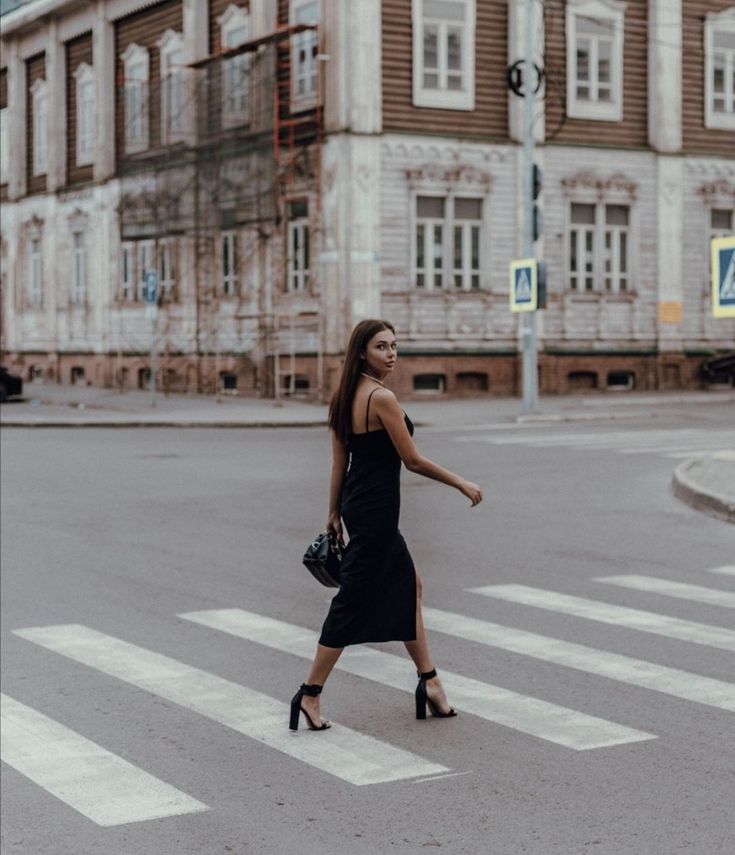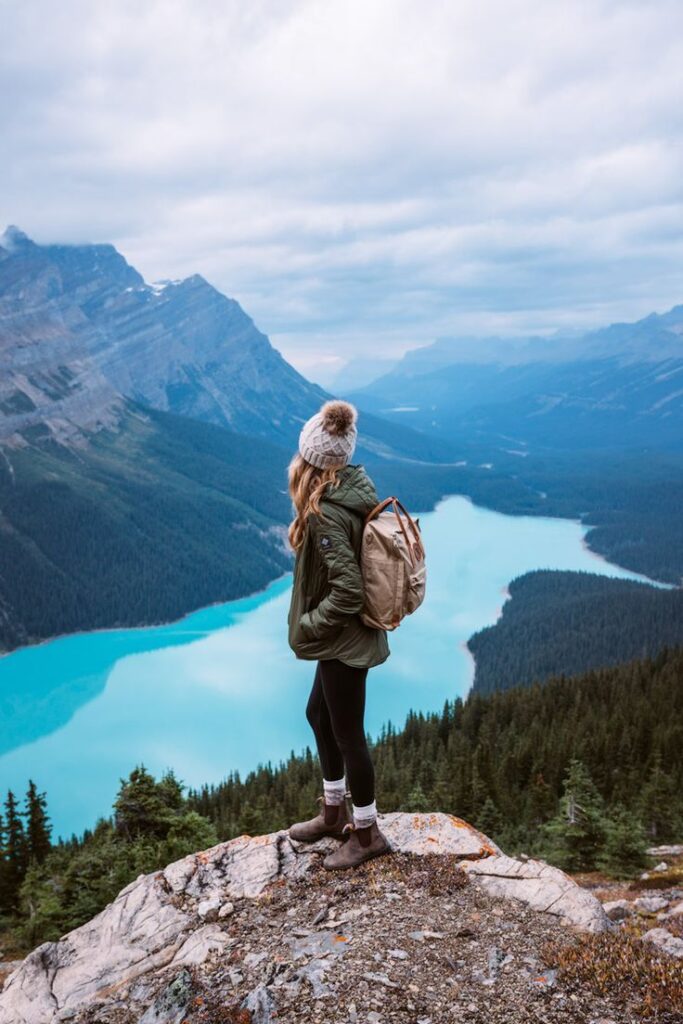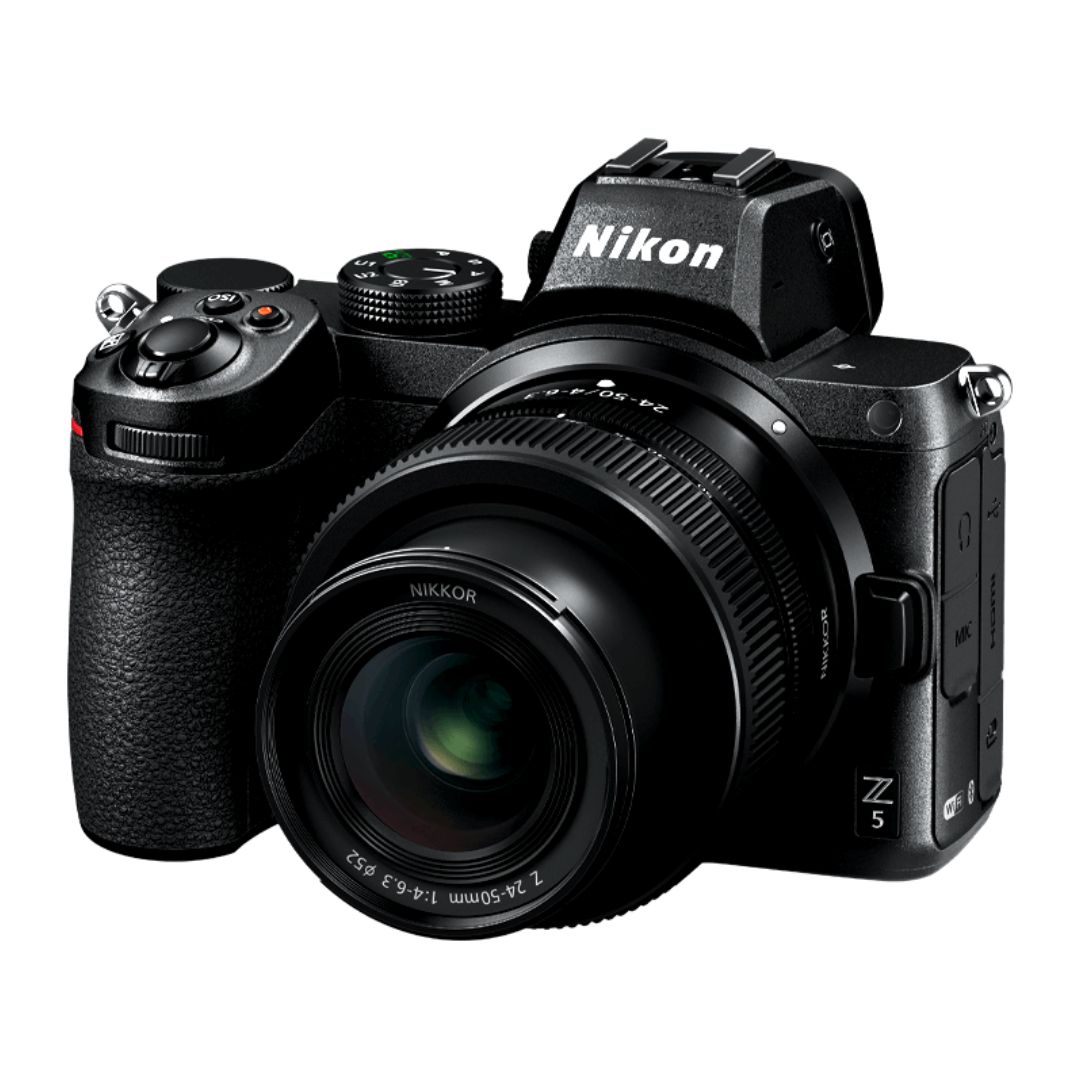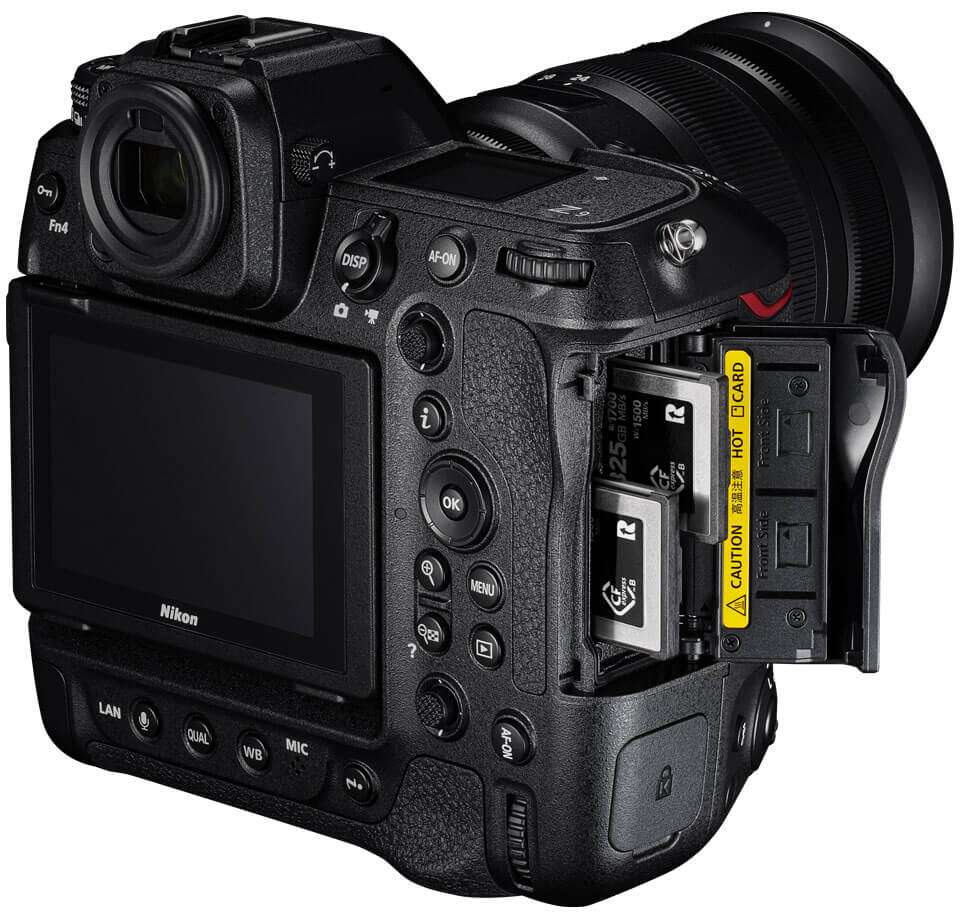The Significance of a Well-Planned Travel Photography Trip
Travel photography is more than just capturing scenic landscapes or bustling cityscapes; it’s about telling stories through your lens. A well-organized travel photography trip can make the difference between mundane images and captivating masterpieces. From pre-trip research to packing the right gear, thoughtful planning ensures you are prepared to capture breathtaking moments effortlessly.
This blog serves as a comprehensive guide to planning the perfect travel photography trip. Whether you’re a hobbyist or a professional, you’ll find actionable tips and expert insights to enhance your photographic journey.
1. Understanding the Goal of Your Travel Photography Trip
1.1 Identifying Your Purpose
Before planning, ask yourself what you hope to achieve:
- Are you documenting personal memories, or are you on assignment for a publication?
- Is your focus on landscapes, culture, wildlife, or urban scenes?
Clarifying your purpose helps streamline your preparations and ensures your gear and itinerary align with your objectives.
1.2 Researching Destinations
Selecting a destination is crucial for fulfilling your creative vision. Consider:
- Weather conditions and seasonal events
- Accessibility to iconic locations and hidden gems
- Cultural or natural elements that align with your photography style
1.3 Setting Realistic Expectations
It’s essential to balance ambition with realism. While exotic destinations are tempting, focus on a location you can explore thoroughly rather than rushing through multiple spots.









2. Researching Your Destination for a Travel Photography Trip
2.1 Scouting Locations Online
Use tools like Google Earth, Instagram, and travel blogs to scout locations in advance. Look for:
- Popular viewpoints and lesser-known spots
- Seasonal highlights such as cherry blossoms or autumn foliage
2.2 Understanding Local Culture
Cultural sensitivity is critical for ethical travel photography. Learn about:
- Customs and traditions
- Dress codes and etiquette
- Restrictions on photographing people or sacred sites
2.3 Connecting with Local Photographers
Join local photography groups or forums to gain insider tips. Locals can provide invaluable insights into the best times to visit locations and hidden treasures.
3. Creating an Itinerary That Works for Photographers
3.1 Prioritizing Key Shots
List the shots you aim to capture and organize your itinerary around them.
- Example: Plan sunrise shoots at specific landmarks and mid-day breaks for less favorable lighting conditions.
3.2 Allowing Flexibility
While an itinerary is crucial, leave room for spontaneity. Some of the best moments are unplanned, like street performers or unexpected weather phenomena.
3.3 Balancing Exploration and Rest
Photography trips can be physically demanding. Schedule time to rest and recharge to maintain your creative energy.
4. Packing Essentials for a Travel Photography Trip
4.1 Camera Gear
- Camera Body: A lightweight yet versatile model is ideal.
- Lenses: Carry a mix of wide-angle, zoom, and prime lenses to cover diverse scenarios.
- Accessories: Include a tripod, polarizing filter, and external flash for enhanced flexibility.
4.2 Tech and Backup Equipment
- Spare batteries and memory cards
- Portable storage devices for backups
- Lightweight laptop or tablet for editing on the go
4.3 Travel-Friendly Camera Bags
Choose a bag that protects your gear while allowing easy access. Ensure it’s comfortable enough for long hours of exploration.
4.4 Non-Photography Essentials
- Comfortable clothing suitable for the destination’s climate
- Reusable water bottle and snacks
- Power banks and universal adapters
5. Mastering the Art of Timing in Travel Photography
5.1 The Golden Hours
Photographers swear by the golden hours—early morning and late afternoon—for their soft, diffused lighting.
5.2 Mid-Day Photography
While harsh mid-day light can be challenging, it’s perfect for certain types of photography:
- Architectural details and shadows
- Markets and bustling city scenes
5.3 Night Photography
Capture the magic of illuminated cityscapes or star-studded skies with proper preparation.
- Use a sturdy tripod and remote shutter release.
- Experiment with long exposures for creative effects.
6. Capturing the Essence of Travel Photography
6.1 Telling a Story
A successful travel photography trip results in images that narrate a story. Focus on:
- Wide-angle shots for context
- Medium shots for interactions
- Close-ups for details
6.2 Balancing Iconic Spots with Unique Perspectives
While iconic locations are must-visits, seek out unique angles or less crowded times to capture fresh perspectives.
6.3 Photographing People Respectfully
- Always ask permission before taking close-up shots of individuals.
- Use a telephoto lens for candid shots to maintain a respectful distance.
7. Navigating Challenges During a Travel Photography Trip
7.1 Weather-Related Issues
- Check the forecast daily and carry weather-resistant gear.
- Embrace unexpected weather for unique shots, such as fog or rain.
7.2 Crowded Locations
- Visit popular spots during off-peak hours.
- Use ND filters for long exposures to blur crowds.
7.3 Safety Precautions
- Keep your gear secure and insured.
- Avoid risky situations for a photograph—no image is worth compromising your safety.
8. Post-Trip Workflow for Travel Photography
8.1 Organizing and Backing Up Images
Sort and label your files immediately to prevent disorganization. Maintain backups on multiple devices.
8.2 Editing for Impact
Use software like Adobe Lightroom or Capture One to enhance your images while keeping them natural.
- Adjust exposure, contrast, and color tones.
- Crop to improve composition.
8.3 Sharing Your Work
Publish your photos on social media, blogs, or photography forums. Accompany them with stories or tips to engage your audience.
9. Building a Travel Photography Portfolio
9.1 Selecting Your Best Work
Choose images that showcase diversity, technical skills, and emotional impact.
9.2 Creating a Cohesive Aesthetic
Edit your portfolio for consistency in color tones, lighting, and mood.
9.3 Marketing Your Portfolio
- Build a professional website to display your work.
- Collaborate with travel brands or tourism boards to gain exposure.
Conclusion: Transforming Your Travel Photography Trips into Art
Planning the perfect travel photography trip is a rewarding process that goes beyond logistics. By understanding your goals, researching thoroughly, and embracing the unpredictability of travel, you can create photographs that resonate deeply with your audience.
Whether it’s capturing the vibrancy of a local market or the serenity of a secluded landscape, each image has the potential to tell a story. With the right preparation and mindset, your travel photography trips can become a source of inspiration, creativity, and lifelong memories.

Sony Alpha a7 IV: The Ultimate Camera for Photography

Nikon Z5 Review: Is It Worth It?
-

Nikon Z9 : Game-Changer for Photography
-

Top Features of Nikon D850 That Make It Ideal for Portfolio Shoots
Sony Alpha a7 IV: The Ultimate Camera for Photography
Explore the Sony Alpha a7 IV in this complete 2025 review. Learn how its pro-level features, real-world performance, and hybrid flexibility make it the ultimate camera for photography across genres like portraits, weddings, travel, and commercial work. Table of Contents Section 1: Introduction – Why the Sony Alpha a7 IV Stands Out The Sony Alpha…
Nikon Z5 Review: Is It Worth It?
In 2025, photographers—whether hobbyists, content creators, or professionals—seek equipment that blends value, performance, and future-readiness. Enter the Nikon Z5, a full-frame mirrorless camera marketed as a gateway to high-end imaging without a flagship price tag. But how well does it hold up under real-world demands like studio shoots, weddings, landscape adventures, and lifestyle photography? In…
Nikon Z9 : Game-Changer for Photography
Discover why the Nikon Z9 is considered a true game-changer for photography. This in-depth Nikon Z9 review explores key features, real-world performance, and how it excels in professional photo shoots in 2025. Table of Contents 1. Introduction The photography world witnessed a significant shift with the launch of the Nikon Z9, a flagship mirrorless camera…
Top Features of Nikon D850 That Make It Ideal for Portfolio Shoots
Discover why the Nikon D850 is the ultimate DSLR for portfolio shoots. Explore its top features—from resolution and dynamic range to autofocus precision and workflow speed—that help photographers create stunning, high-impact images for professional portfolios. Whether you’re a portrait artist, fashion photographer, or visual storyteller, a portfolio shoot demands technical excellence, creative flexibility, and uncompromised…
Candid Moments with Canon EOS R10: Lightweight & Reliable
In the evolving world of mirrorless photography, the Canon EOS R10 stands out as a lightweight yet powerful camera tailored for real-life storytelling. Whether you’re photographing street scenes, family gatherings, weddings, or spontaneous portraits, capturing genuine emotion requires a responsive and discreet tool. This article dives deep into how the Canon EOS R10 excels in…
Bold Portraits with Canon EOS R5: Is It the Best for Work?
Studio photography has always demanded precision, artistry, and impeccable gear. As the expectations for commercial portraits, fashion campaigns, and editorial work continue to rise, the tools we use must evolve. Enter the Canon EOS R5, a camera that has stirred the professional waters with its impressive technical specs and forward-thinking design. In this comprehensive Canon…

